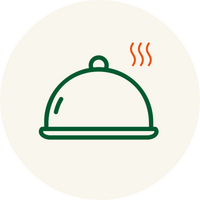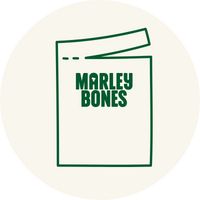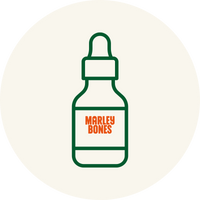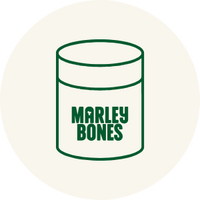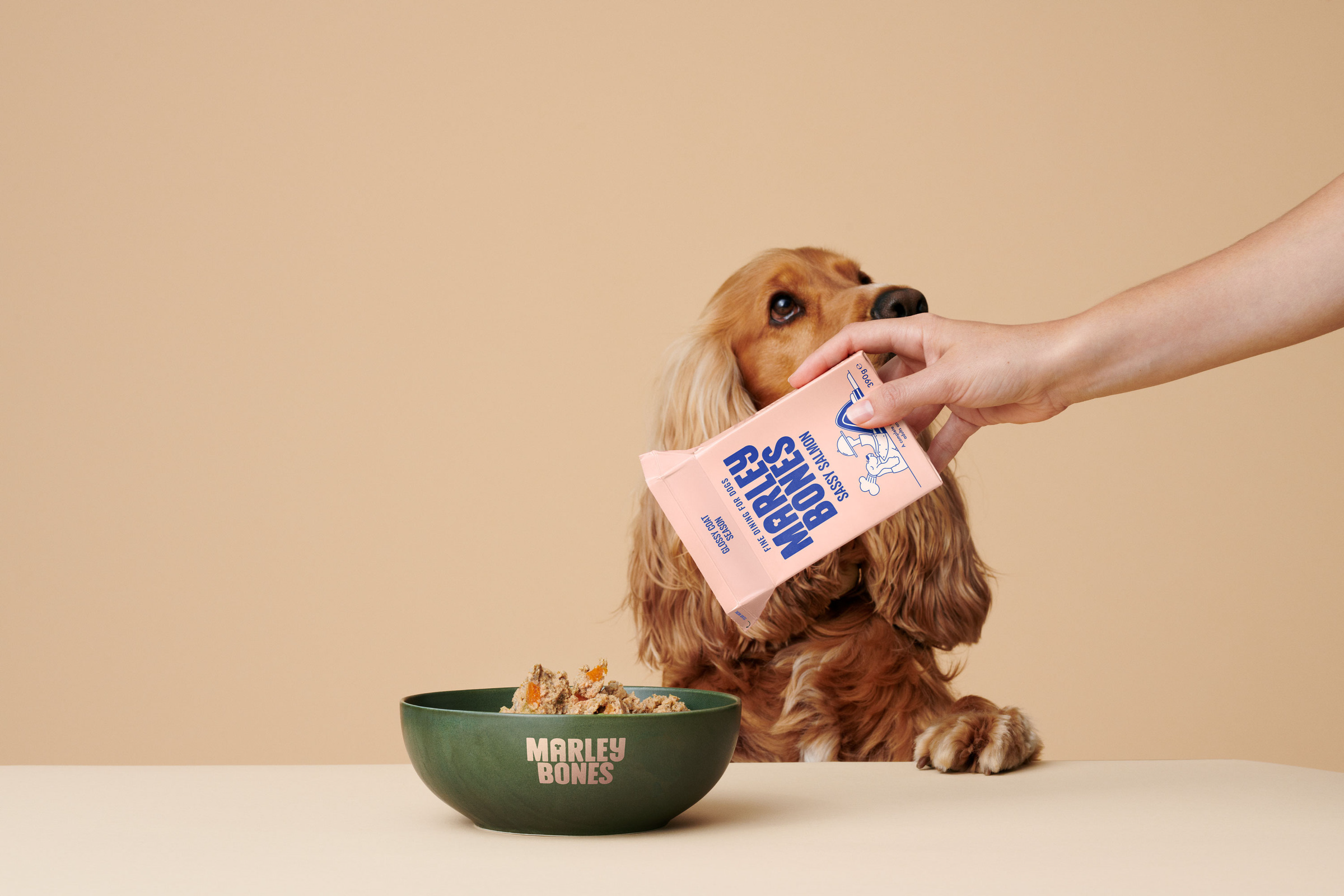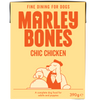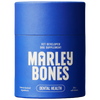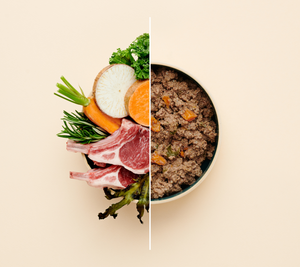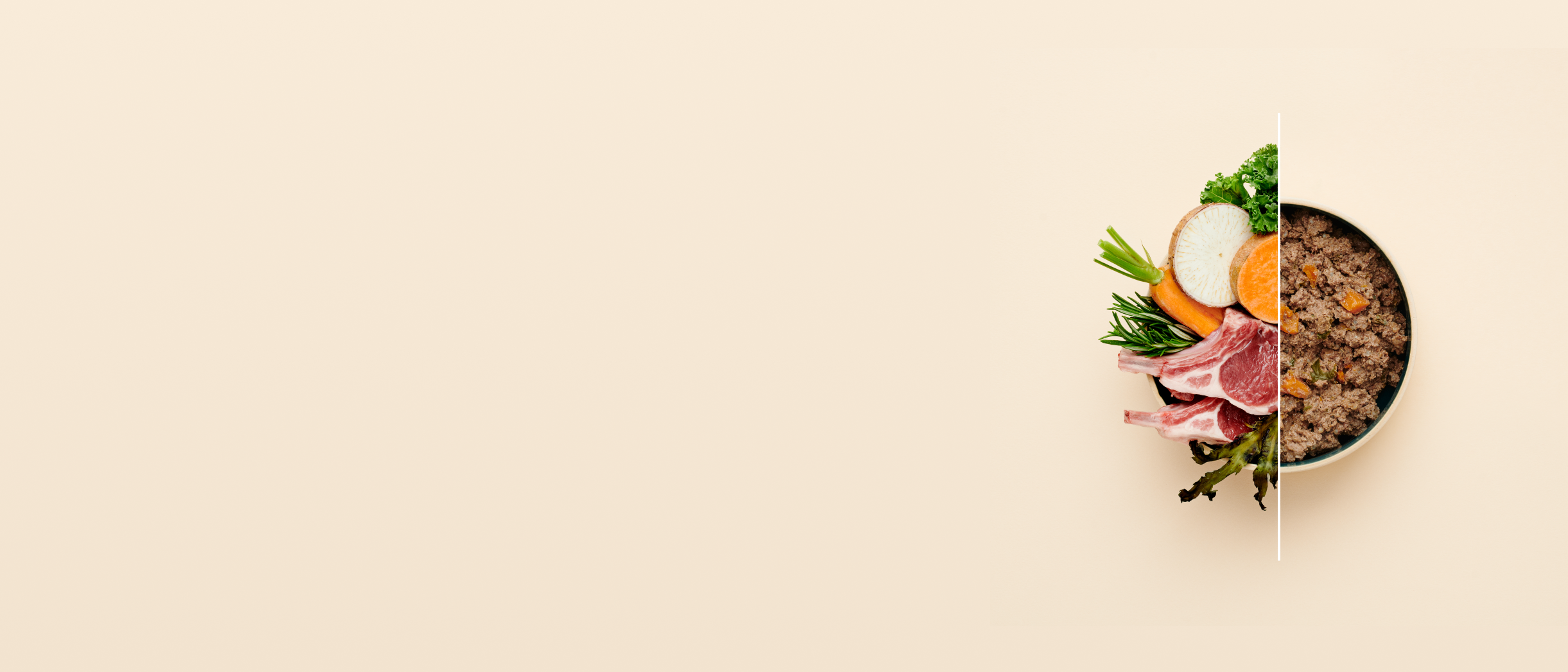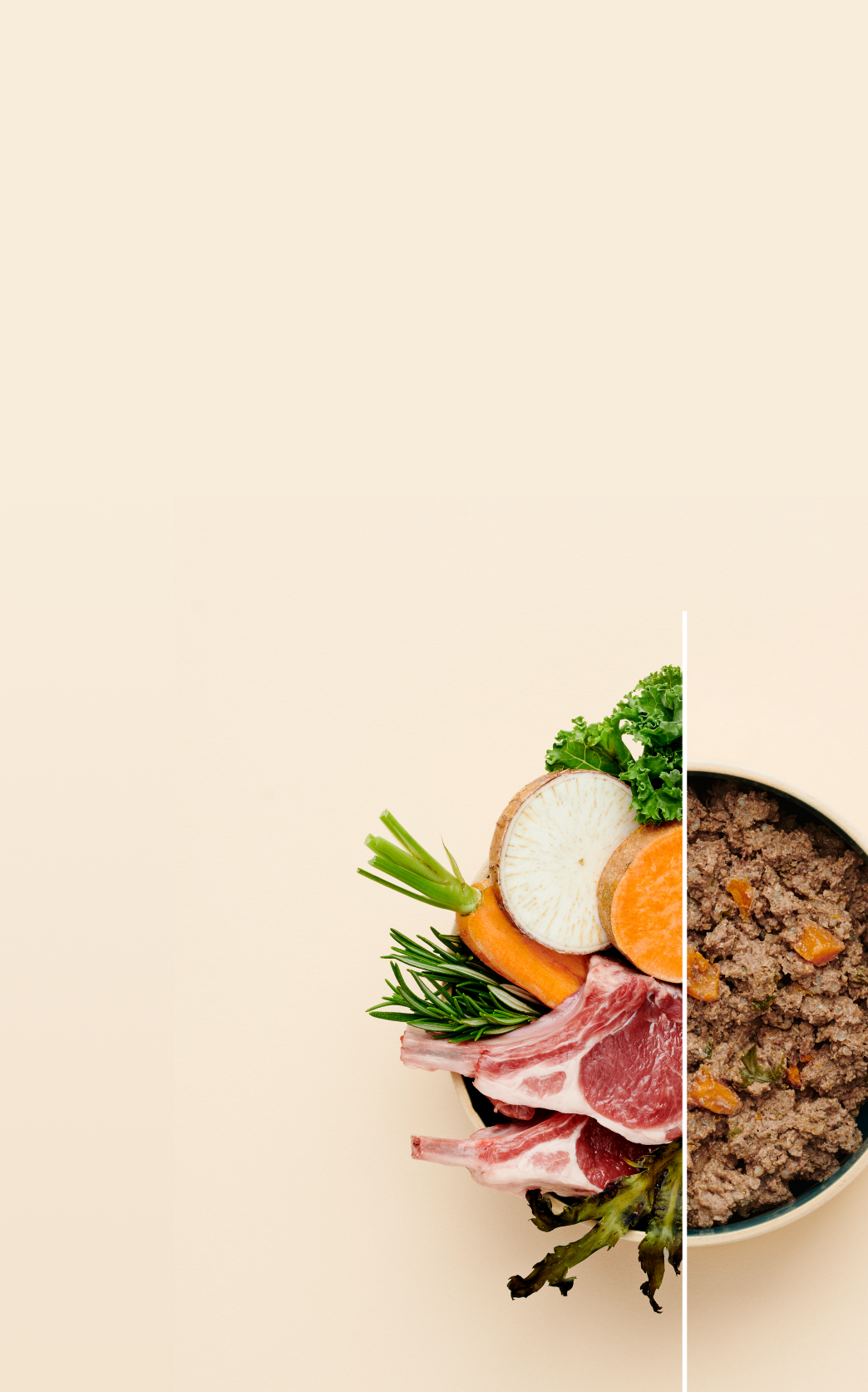Why Is My Dog Chewing Their Nails and Licking Their Paws?
If your dog has been chewing their nails or licking their paws more than usual, you’re not alone—and you’re right to be curious. These repetitive behaviours are more than just quirks; they’re signs that something may be bothering your dog.
Let’s break down what’s really going on and how you can help.
What's Behind The Nail Chewing and Paw Licking?
Dogs don’t just chew and lick for no reason. When this becomes a habit, it often points to one of a few underlying causes:
- Allergies – Just like humans, dogs can react to food, pollen, grass, or dust mites. Itchy paws are one of the first signs.
- Anxiety or stress – Some dogs chew or lick excessively as a way to self-soothe.
- Skin irritation or injury – A tiny cut, insect bite, or sore spot can trigger the behaviour.
- Poor grooming – Overgrown nails or debris between the toes can cause discomfort.
- Boredom – If your dog isn’t mentally stimulated, they may turn to their paws for entertainment.

Why It Matters?
Persistent chewing or licking isn’t just frustrating—it can lead to infections, sores, or even behavioural issues. The earlier you address it, the better for your dog’s health and happiness.
How To Help Your Dog Stop?
Getting to the root of the problem is key. Here are some simple, effective steps to consider:
- Clean their paws daily with a gentle, dog-safe wipe—especially after walks.
- Use a paw balm to soothe dry or cracked skin.
- Talk to your vet about allergy testing or an elimination diet.
- Keep nails trimmed and check for any signs of injury.
- Offer enrichment—toys, puzzles, and playtime to reduce boredom.
- Consider calming aids if anxiety might be a factor.
When To See A Vet?
If the licking and chewing continues despite home care—or if the skin looks red, swollen, or infected—it’s time to visit your vet. They can rule out more serious issues and tailor a treatment plan.
The Final Woof
Your dog’s habits are their way of communicating with you. Nail chewing and paw licking might be common, but they’re rarely random. By paying attention and responding with care, you’re already on the right track to helping your pup feel better.

